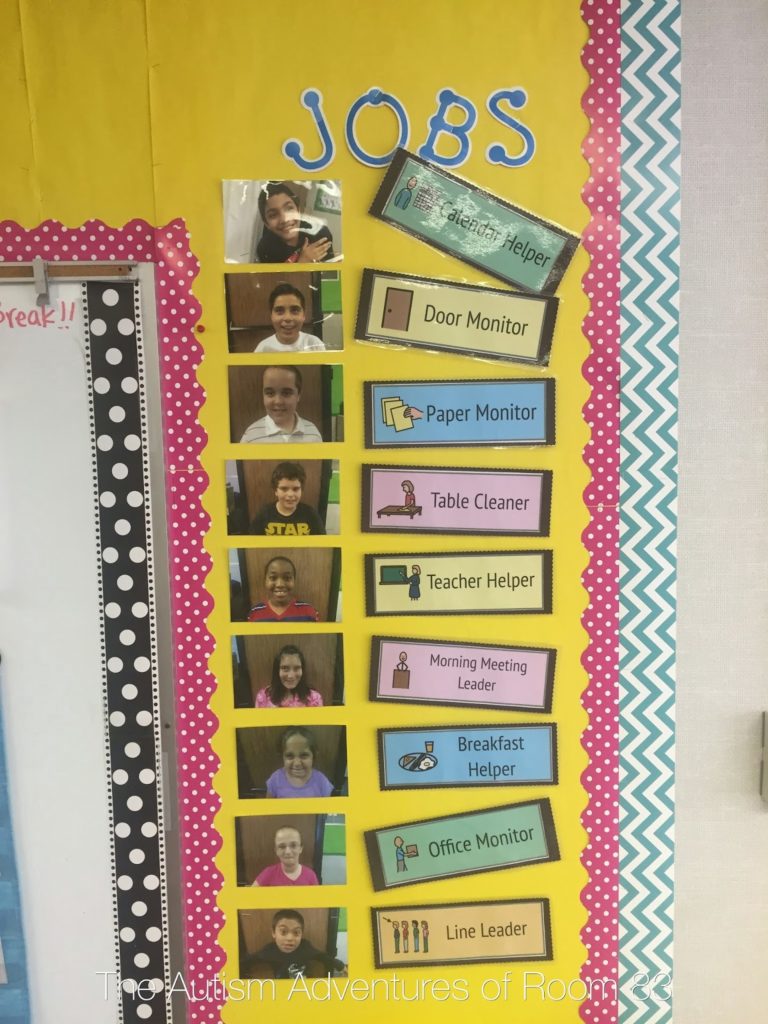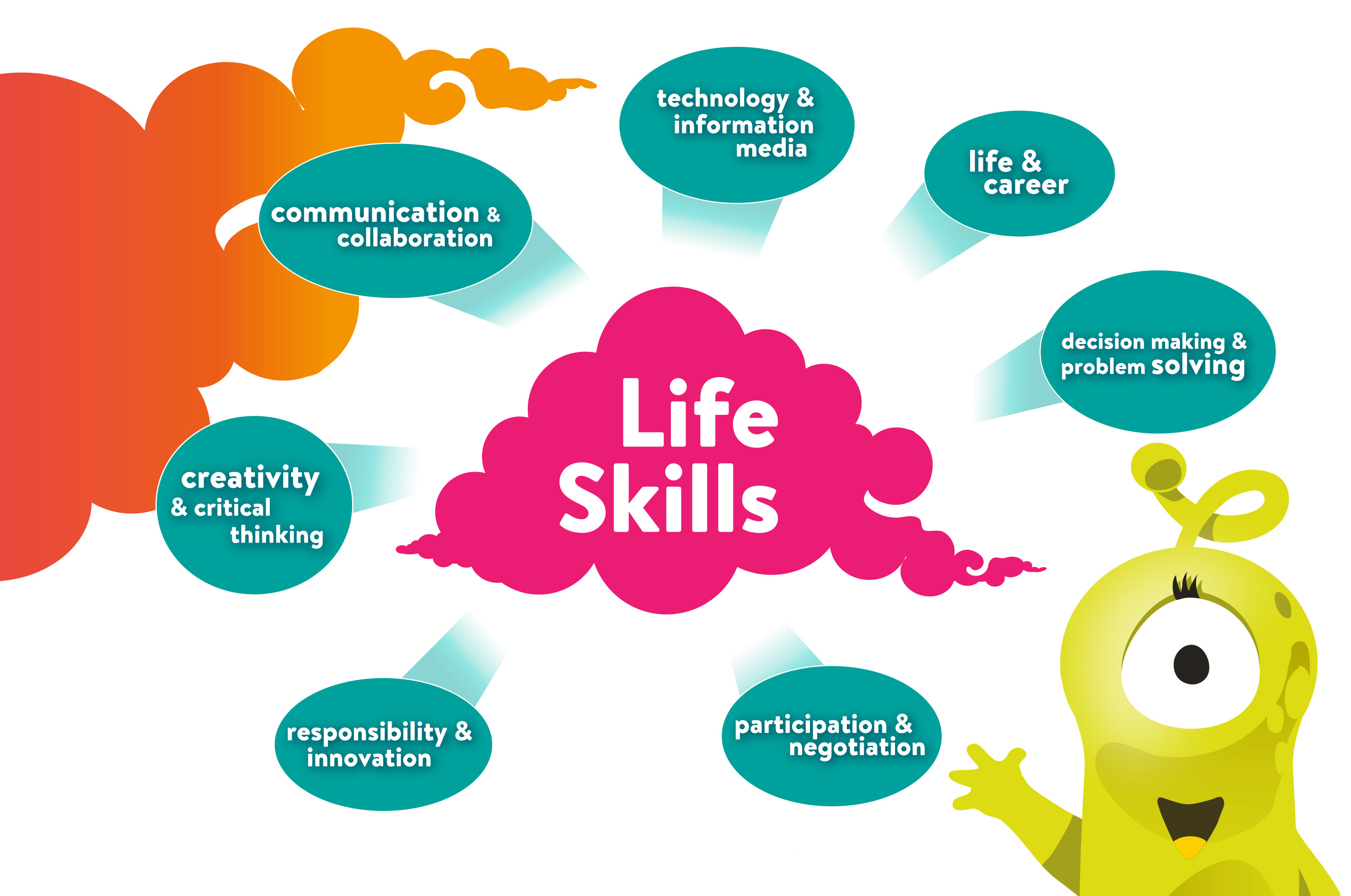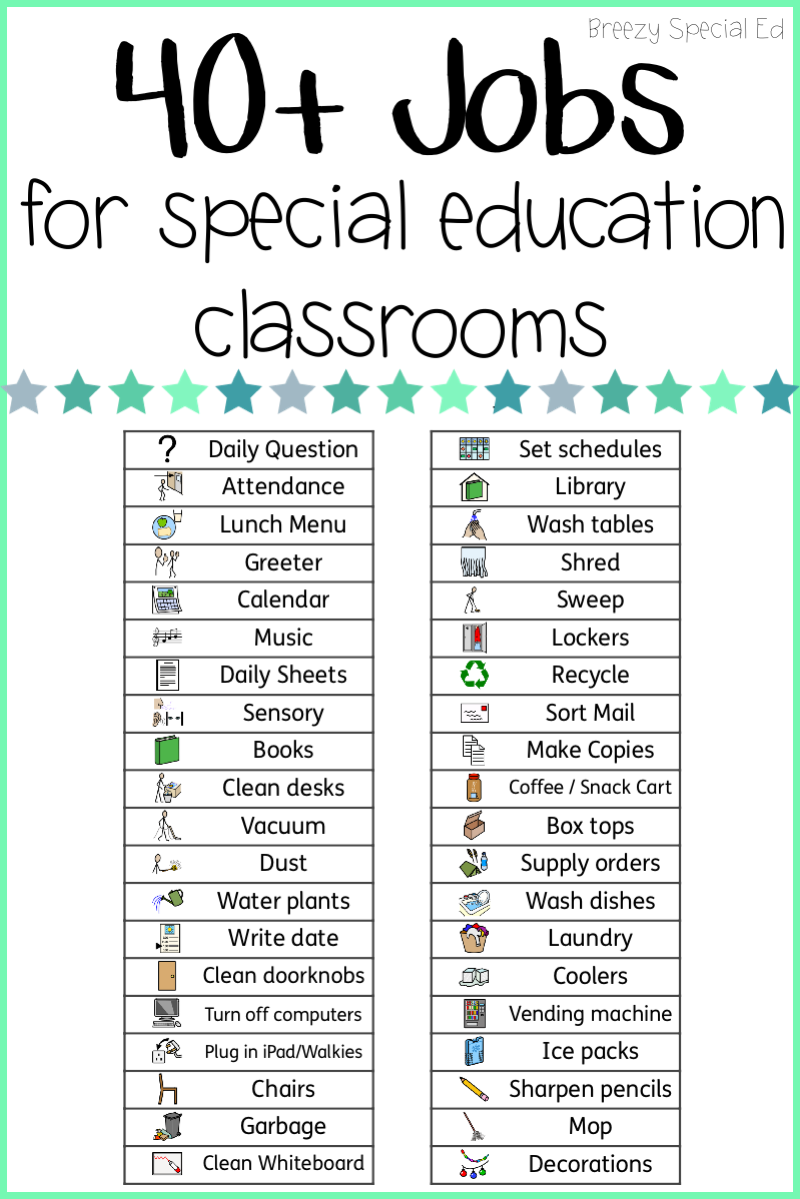
In a life skills classroom, students learn essential skills that will help them navigate through various aspects of life. These skills include personal hygiene, cooking, cleaning, budgeting, and more. One effective way to enhance the learning experience in a life skills classroom is by incorporating classroom jobs for the students. These jobs not only provide practical opportunities for students to practice their life skills but also promote responsibility, independence, and a sense of belonging within the classroom community.

The Benefits of Classroom Jobs
Introducing classroom jobs in a life skills classroom offers numerous benefits for both the students and the teacher. Firstly, it encourages students to take ownership of their responsibilities, promoting a sense of independence and self-worth. By assigning specific tasks to each student, they have the opportunity to develop and showcase their abilities.
Promoting Responsibility
Assigning classroom jobs to students promotes a sense of responsibility. Each student is accountable for completing their assigned task, which helps them understand the importance of fulfilling their obligations. It teaches them that their actions have consequences and that they play a crucial role in maintaining the classroom environment.

Building Independence
Classroom jobs provide an opportunity for students to develop and showcase their independence. By assigning tasks that require decision-making and problem-solving, students learn how to work autonomously. They gain confidence in their abilities to complete tasks without constant supervision, which prepares them for future challenges.

Creating a Sense of Belonging
By assigning classroom jobs, students feel like valued members of the classroom community. They understand that their contributions are essential for the smooth functioning of the classroom. This sense of belonging fosters positive relationships among students and enhances their overall learning experience.

Types of Classroom Jobs
There are various types of classroom jobs that can be assigned to students in a life skills classroom. These jobs can be rotated among students on a weekly or monthly basis to provide everyone with equal opportunities. Some common types of classroom jobs include:

Job 1 - Cleaning
Cleaning jobs involve tasks such as sweeping the floor, wiping down tables, or organizing materials. These jobs help students develop organization skills and maintain a clean and hygienic classroom environment.

Job 2 - Snack Preparation
Snack preparation jobs involve tasks such as setting up snack stations, distributing snacks, or preparing simple snacks for the class. These jobs allow students to practice their cooking skills and promote teamwork.

Job 3 - Calendar Management
Calendar management jobs involve updating the classroom calendar, marking important dates, and reminding students of upcoming events. These jobs help students develop organizational skills and improve their time management.

Job 4 - Supply Management
Supply management jobs involve organizing and managing classroom supplies. Students in these jobs ensure that all necessary materials are readily available for classroom activities. These jobs enhance students' organizational skills and teach them the importance of resource management.

Job 5 - Peer Support
Peer support jobs involve assisting classmates with their tasks or providing emotional support. Students in these jobs learn empathy, communication skills, and develop positive relationships with their peers.

Implementing Classroom Jobs
When implementing classroom jobs in a life skills classroom, it is important to consider a few key factors. Firstly, ensure that the jobs are age-appropriate and align with the students' abilities. Assign tasks that challenge and stretch their skills without overwhelming them.

Creating a Job Chart
Creating a job chart is an effective way to assign and keep track of classroom jobs. Display the chart in a prominent location within the classroom, and clearly indicate which student is responsible for each job. This provides a visual reminder for both the students and the teacher.

Training Students
Prior to assigning the jobs, provide clear instructions and demonstrations to ensure that students understand their responsibilities. Model the expected behavior and work alongside students until they feel confident in their abilities to complete the tasks independently.

Evaluating Performance
Regularly assess students' performance in their assigned jobs. Provide constructive feedback to help them improve and recognize their efforts. This feedback motivates students and encourages them to take pride in their work.

Conclusion
Classroom jobs in a life skills classroom offer numerous benefits for students, including the development of responsibility, independence, and a sense of belonging. By assigning age-appropriate tasks, creating a job chart, and providing training and evaluation, teachers can create a positive and empowering learning environment. Implementing classroom jobs not only enhances students' life skills but also fosters a community where everyone feels valued and capable.